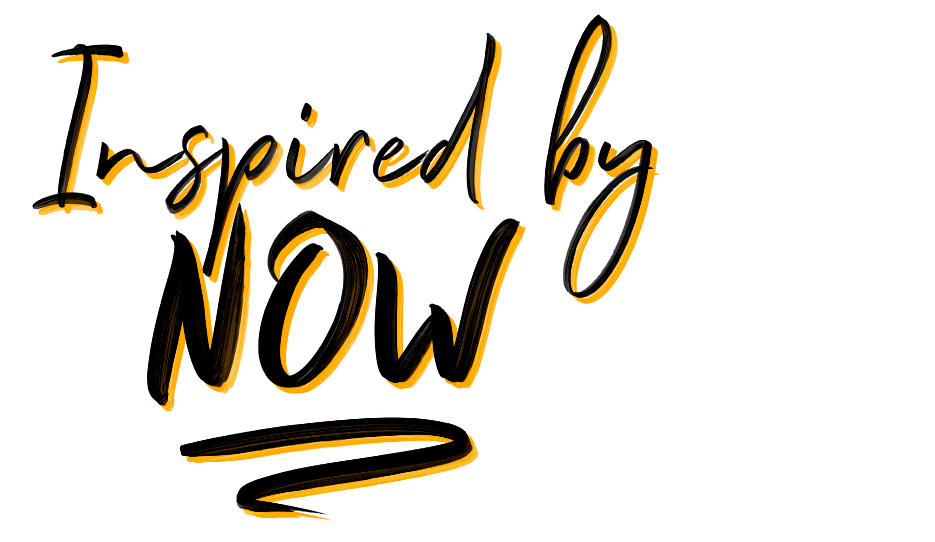On Thursday, prior to meeting with a friend for lunch, I wanted to spend some time doing photography. One favorite spot for me is Sawhill Ponds in Boulder, CO, but I felt it was a bit far for this day. I then noticed on the map an area that I only visited once while living in Colorado: the Rocky Mountain Arsenal. When I went in the past, it was in late winter, and there was still snow on the ground. I can still recall that it was a very cold visit.
The weather has been very nice in CO during our short spring visit, and luckily, there is no snow on the ground. I made the decision to give another try to the Arsenal, and am I glad I did! I spent a few magical hours at this huge, 15,000 acre prairie, woodland and wetland habitat. This area first was used by Plains Indians for herding bison, then farming was introduced, later during the WWII it was a chemical weapon manufacturing facility. In the Cold-War era weapons were still manufactured here, but in 1992 it was transformed into a national wildlife refuge. You can find over 330 species of animals in the area.
Within 5 minutes of entering the Refuge, I got very excited upon spotting deer on both sides of the road and some were also crossing the road.

I took lots of pictures of them; I liked observing this fawn, because she looked a bit confused (maybe looking for mom?), and it sounded like she was crying.
After driving just another minute I found the following deer grazing right next to the road.














